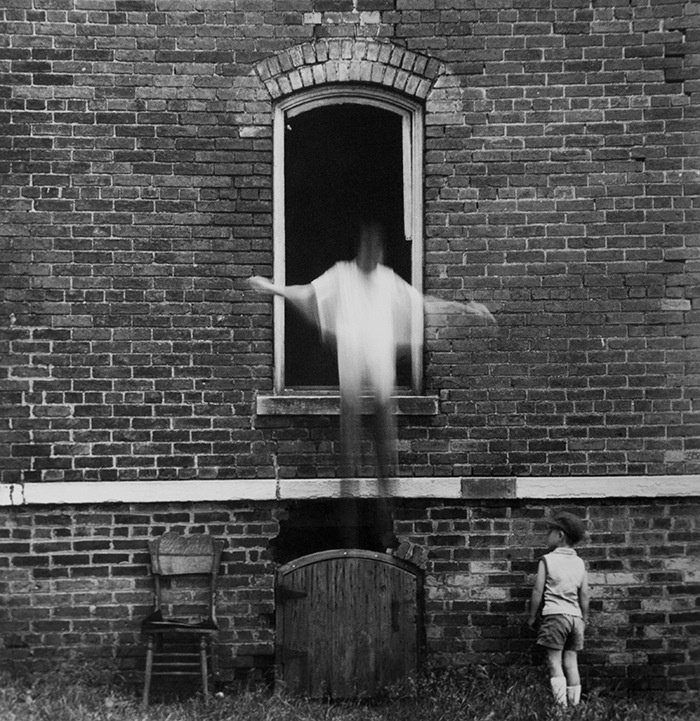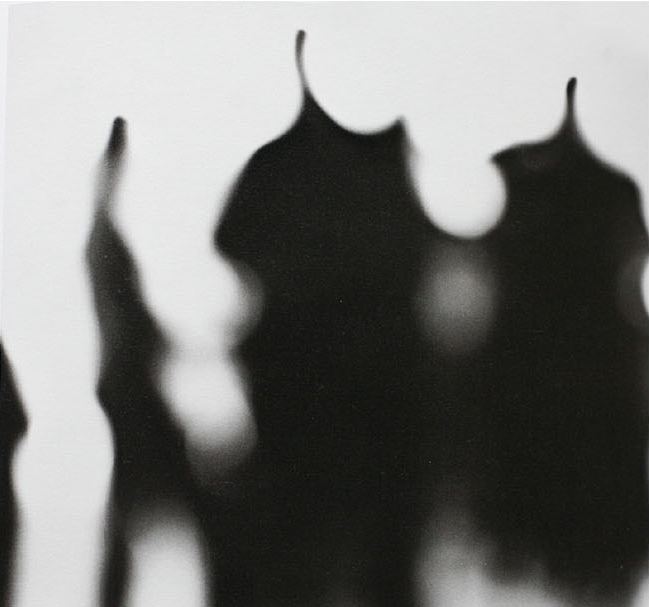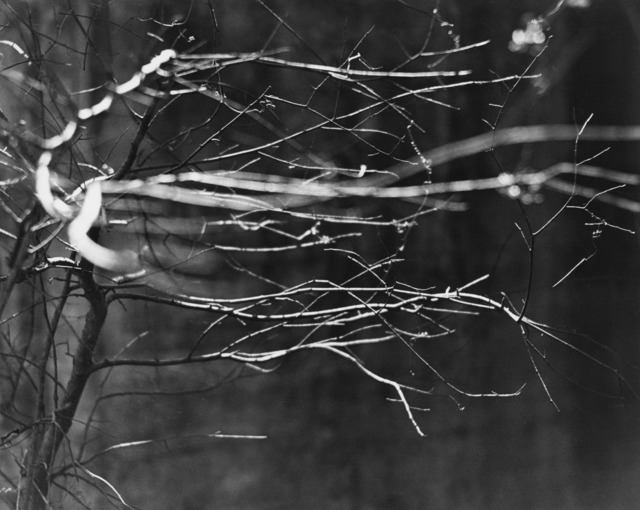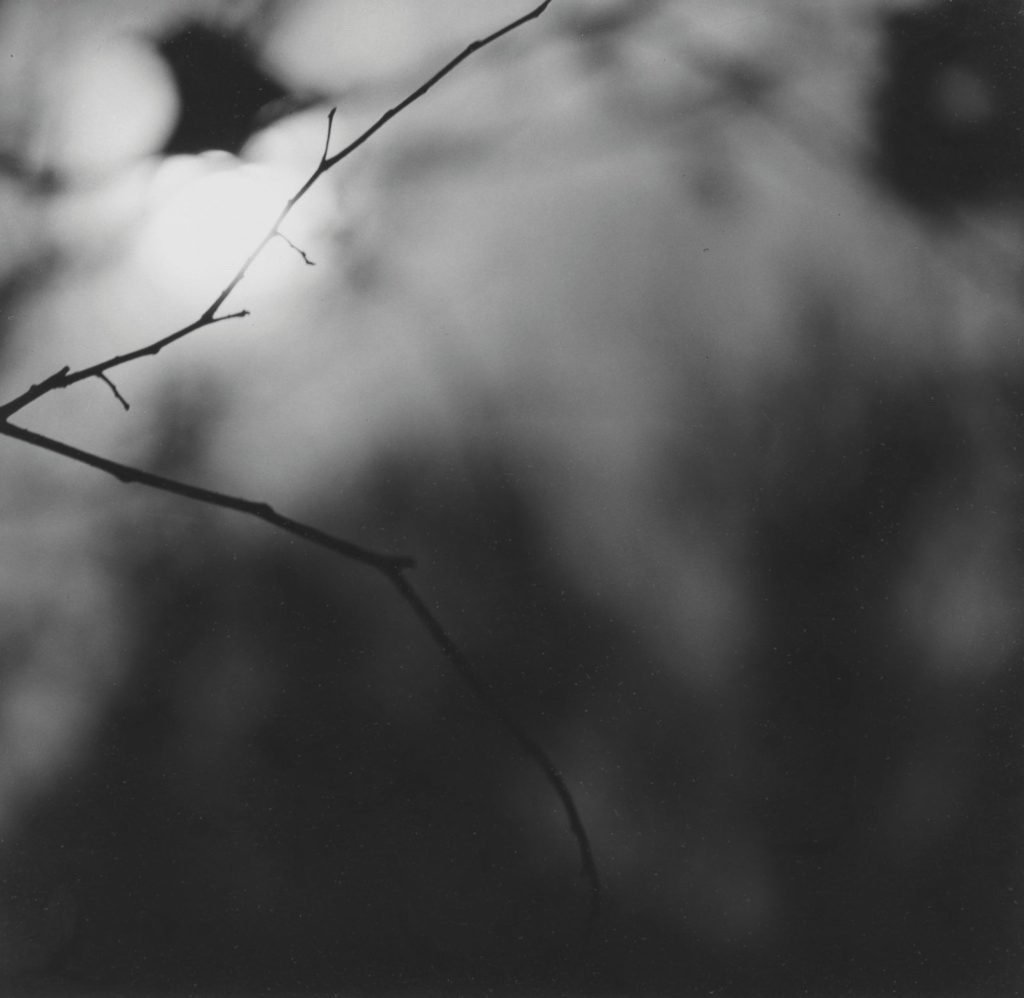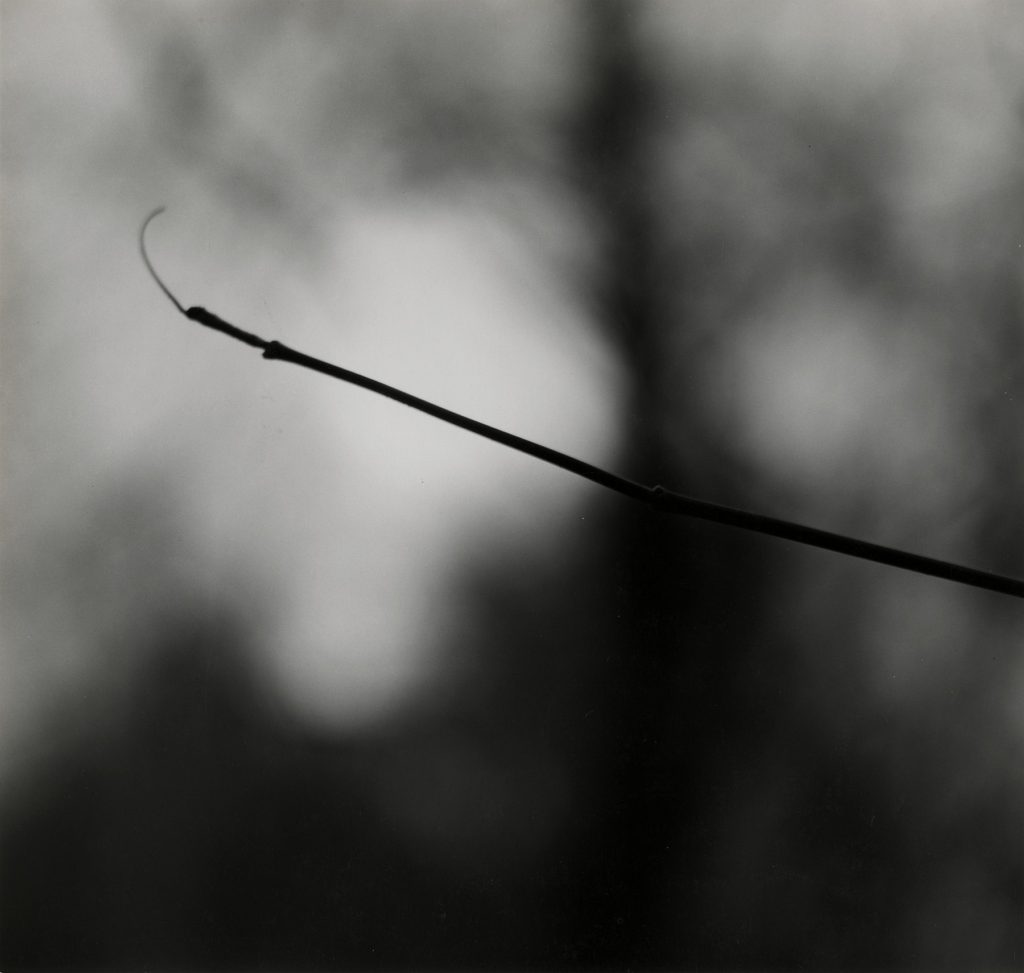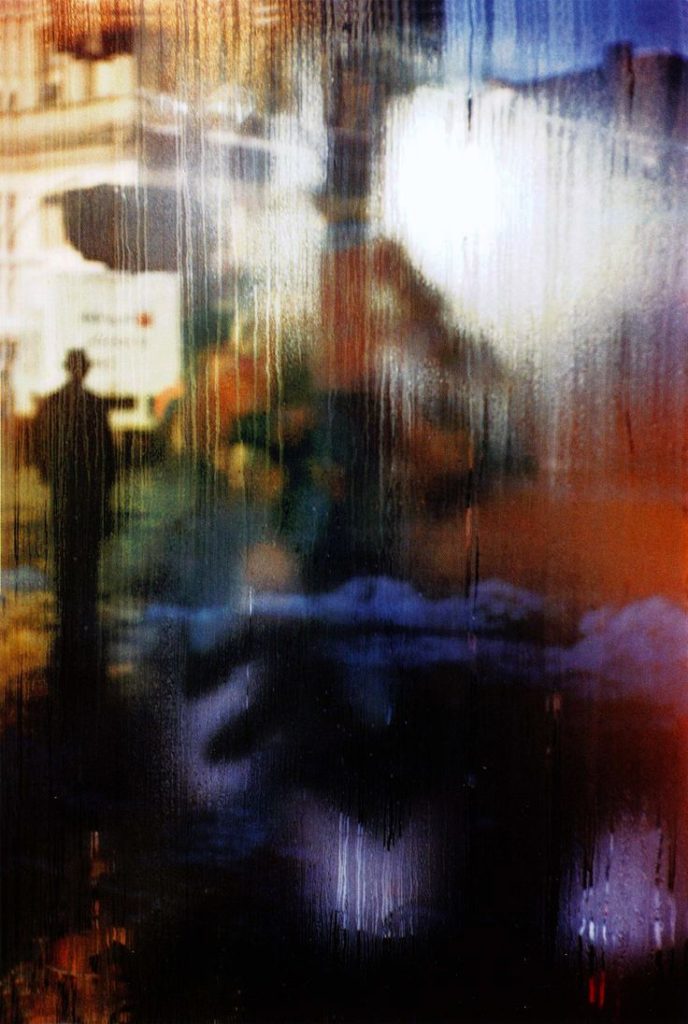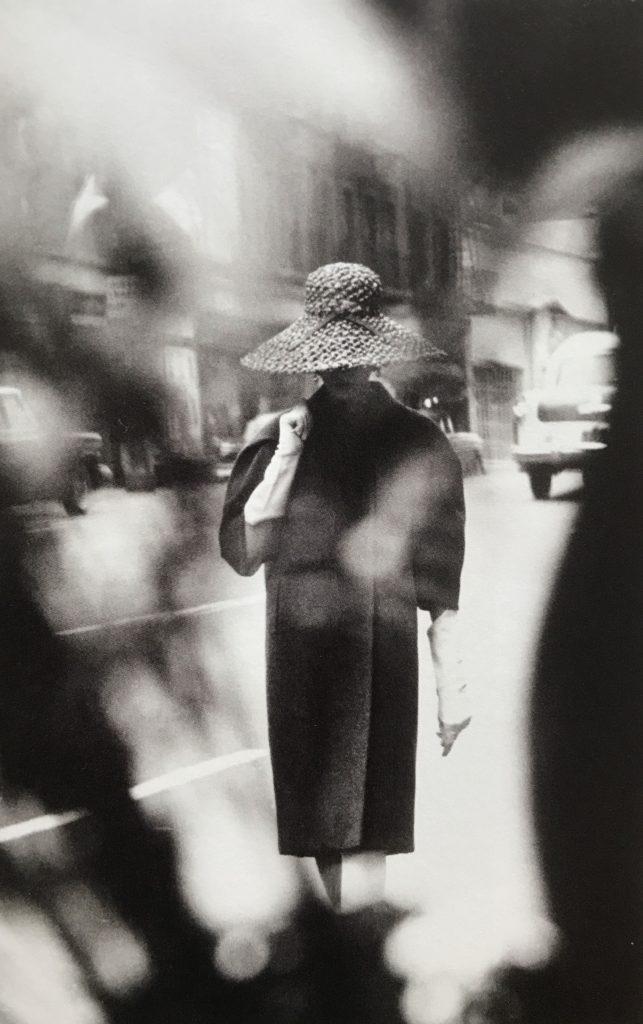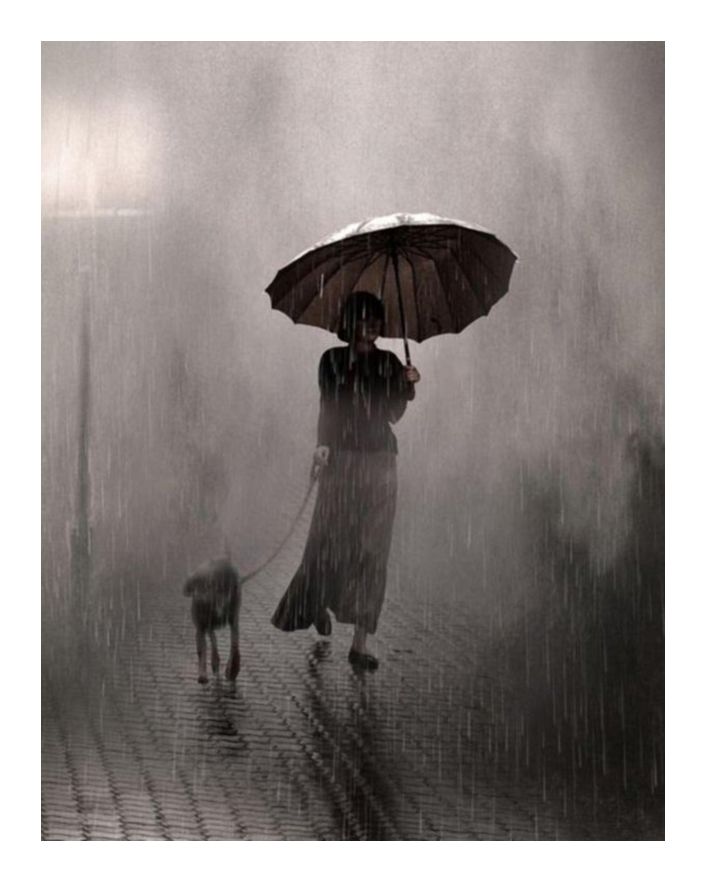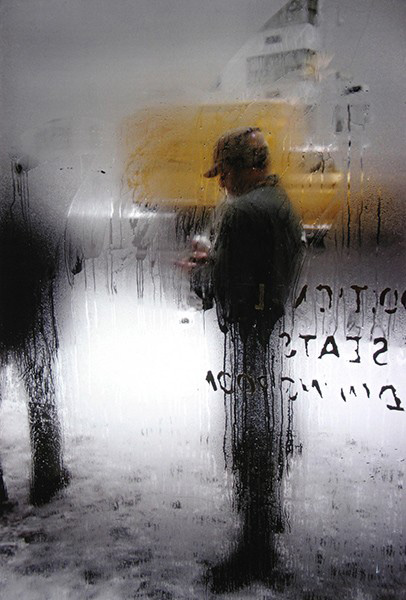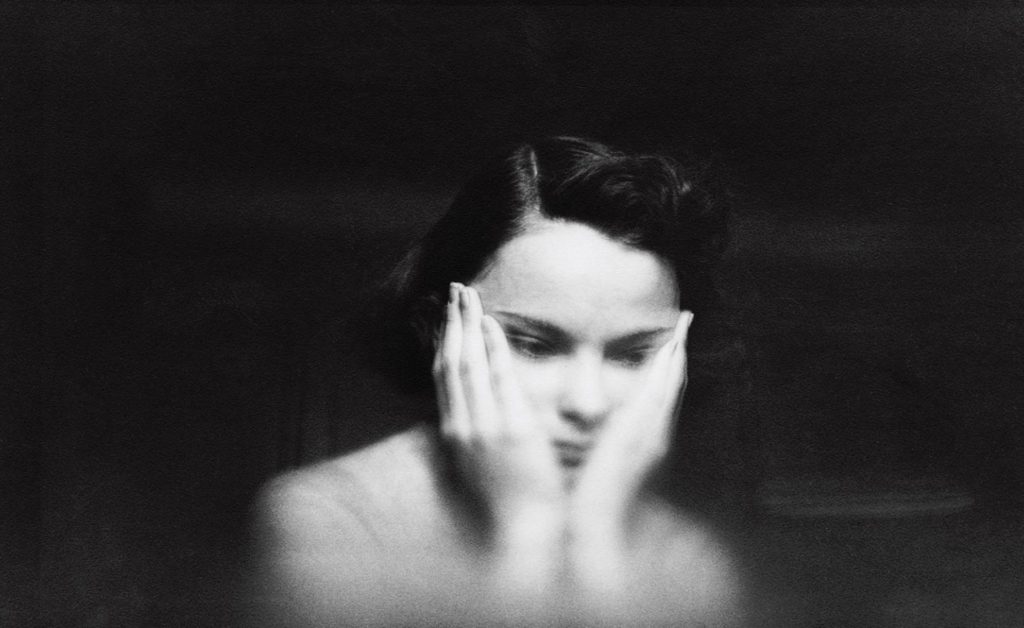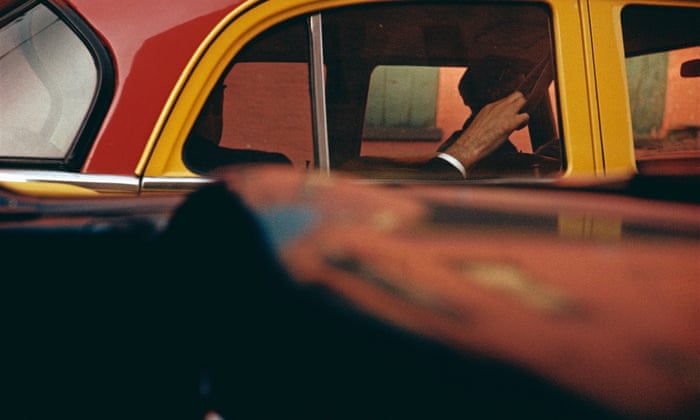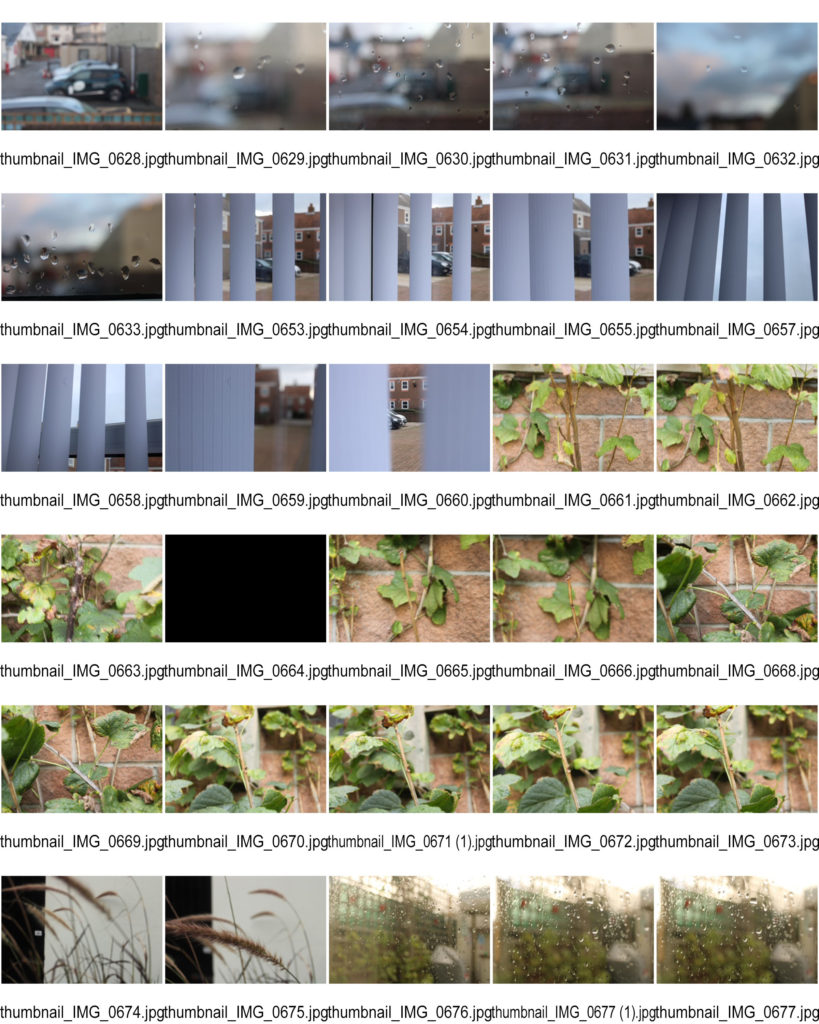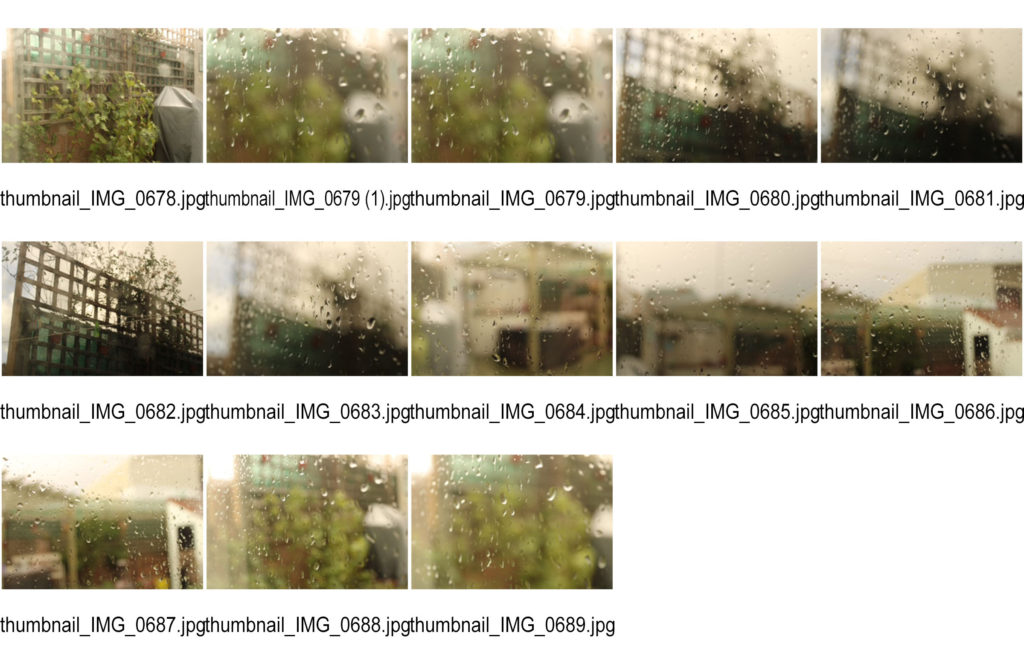Ralph Eugene Meatyard
Ralph Eugene Meatyard was an American photographer, born in 1925, known for his experimental use of exposure in his photographs. Working as an optician, Meatyard was able to see how others perceptions of the world were varied, which is clearly portrayed in his work, we see this connection the most in his series ‘Out of Focus’. This selection of abstract photos showcased black and white images of undistinguishable shapes, breaking down the conventional rules of photography. In addition, in his series ‘Zen Twigs’, Meatyard created images that displayed a blurred photograph containing one thin twig in focus which sliced through the image, foregrounding Meatyard’s precision when it comes to aperture.
Saul Leiter
Saul Leiter was an American photographer and painter, born in 1923, known for being a contributor to early colour photography, whilst he documented the streets, architecture and people of New York, usually in dreary weather. Leiter used long lenses to compress space, taking pictures from unique perspectives, using negative space and large out of focus areas.
Saul Leiter’s photos play with focus and aperture much like Meatyard’s do but in a different way. I like that you can see movement in his images, like time has stopped for a brief moment just for him to take the photo. His photos show of a tonal contrast which gives them more depth. Leiter’s photos aren’t very simplistic , they have a focus like they’re telling story. The first photo above has a lowered shutter speed which is what gives the blurred affect. I has a big range of tone from almost white to black and there aren’t many mid-tones. The second photo plays with focus as it focuses on the women in the background rather than the people in the foreground. The last photo once again plays with the focus by focusing on the girl in the background and not the large object across the image
Image Analysis
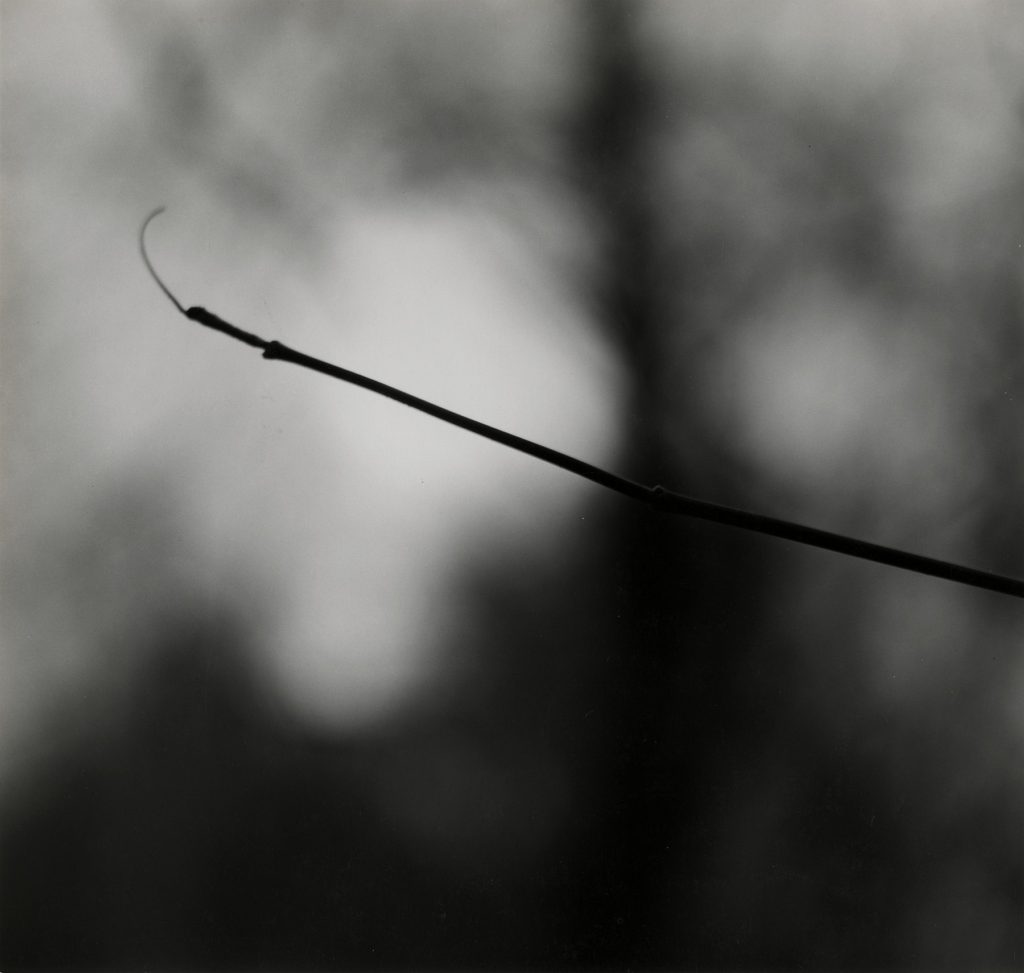
This is a piece from Ralph Eugene Meatyard’s collection from ‘Zen Twig’. This photo displays a singular twig in the centre of the photo. The lack of objects in this piece leaves a lot of empty space around the twig, this draws the viewers attention into the twig. While taking this photo, Meatyard used a high aperture to blur out the background and keep focus on the solo twig we see in the foreground. As we can guess from the tree like shapes in the background, this photo used natural lighting, creating a soft and appealing photo as there aren’t any harsh direct lighting on the twig.
Contact Sheet
Final photo
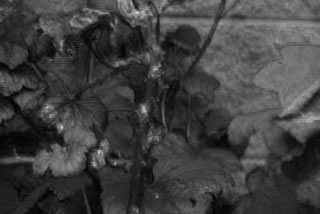
When taking this photo, i lowered the shutter speed to add a blur effect to reflect on Meatyard’s style of photography. This makes the photo more interesting as the blur effect makes it harder to differentiate the objects at first glace, drawing in the viewer.
The composition of this photo follows the rule of 3. This is a form of composition splits the photo into three section, either vertical or horizontal. In my piece, the photo is split up vertically. In the left hand side of the photo, we see a very busy section of leaves that gradually decrease through the photo. In the center third, a large bare twig is located, taking over the majority of the third. Finally in the right hand third, we can see a lot of empty space with very few leaves.
After converting the photo to black and white, I noticed that there was a lot of dark areas in the photo, the contrast between the lighter wall in the background and dark leaves and twigs creates a dramatic atmosphere in the photo, especially since there is a greater amount of darker shades.


